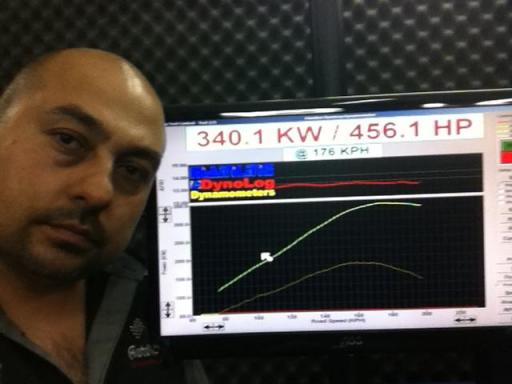2. Why did GM decide to stop manufacturing vehicles in Australia?
There is no one factor. A raft of economic drivers have worked against continuing to manufacture vehicles locally. Australia’s automotive industry is up against a perfect storm of negative influences, including the sustained strength of the Australian dollar, high cost of production, relatively small domestic market and arguably the most competitive and fragmented auto market in the world.
The extent of the competition and fragmentation in the Australian market is highlighted when compared to other global markets. For instance, Australia has 51 brands of passenger car on sale compared to 43 brands in the United States, yet the American passenger car market is about 16 times larger than Australia’s.
Cruze is made in 11 plants around the world, most of which also export it. While there is some global demand for large rear-drive cars like Commodore and Caprice, the high Australian dollar means Holden’s export programs are running at a loss.
All three vehicle manufacturers in Australia deal with the same issue regarding the extra cost of manufacturing cars in this country. For Holden, it costs $3,750 more to produce cars here than in some overseas plants, including higher labour, transport and supplier costs.
Since 2001, the Australian dollar has risen from US50c to as high as US$1.10. The appreciation of the currency alone means that at the Australian dollar’s peak, making things in Australia was 65 percent more expensive compared to just a decade earlier.
The sustained and unprecedented strength of the Australian dollar, combined with the weakening of currencies of our imported competitors, means importers are at a significant advantage.








 Reply With Quote
Reply With Quote










 2004 HOLDEN COMMODORE SS
2004 HOLDEN COMMODORE SS
